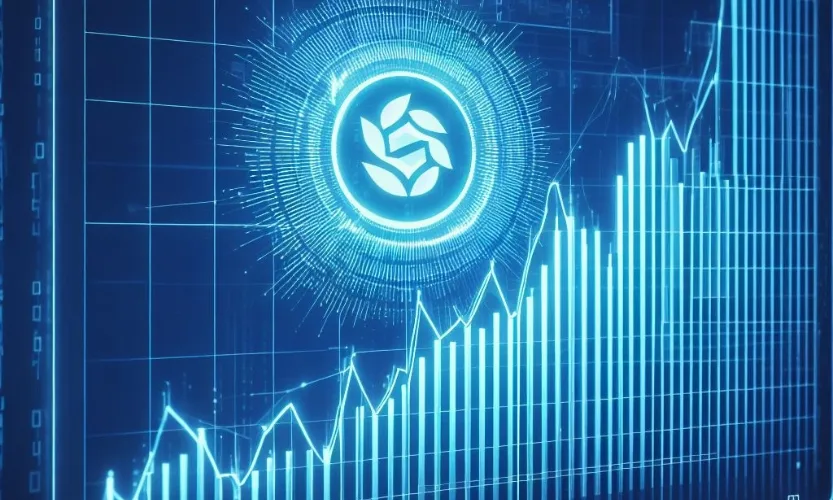Discover the secrets of market trends with our comprehensive Candlestick chart cheat sheet, a must-read guide for every savvy trader.
Candlestick charts are popular tools traders use to understand how the prices of stocks or cryptocurrencies go up and down over time. These charts are great because they show a lot of information in a way that’s easy to understand. This guide will explain everything about candlestick charts, including their history, what they offer, how to read them, common patterns, and how they’re used in trading.
Where Did Candlestick Charts Come From?
Candlestick charts were first used by a rice trader in Japan hundreds of years ago. His name was Munehisa Homma, and he used these charts to guess what would happen next in the rice markets. For a long time, only people in Japan used candlestick charts. But then a man named Steve Nison told the rest of the world about them in the late 1900s, and now many traders use them.
What Does a Candlestick Look Like?
Each candlestick on a chart shows the prices of something (like a stock) for a specific time. It could be for one day, week, or even month. The candlestick has four main parts:
1. Body: This is the thick part of the candlestick. It shows the price when the market opens and closes. If the closing price is higher, the body is usually white or green, meaning the price goes up. If the closing price is lower, the body is black or red, meaning the price went down.
2. Shadows/Wicks: These are thin lines above and below the body. They show the highest and lowest prices for that time.
How Do You Read Candlestick Charts?
Candlestick charts are powerful because they show what people buying and selling think. They do this through patterns:
1. Single Candlestick Patterns: These are shapes made by one candlestick. They have names like ‘Hammer,’ ‘Shooting Star,’ ‘Doji,’ and ‘Spinning Tops.’ They can mean that prices might change direction, or people can’t decide whether to buy or sell.
2. Multi Candlestick Patterns: Two or more candlesticks make these shapes. They have names like ‘Engulfing,’ ‘Harami,’ ‘Morning Star,’ and ‘Evening Star.’ They can suggest that prices might keep moving in the same direction or change direction.
3. Where It Happens Matters: Where a candlestick is on the chart can be crucial. For example, a ‘Hammer’ at the bottom might mean prices will start going up.
Using Candlestick Charts for Trading
Candlestick charts are beneficial, but they work best when used with other tools:
1. With Other Clues: Traders often look at other things, like technical indicators and candlestick charts, to better guess what will happen.
2. Looking at Volume: How much is bought and sold is also important. More buying or selling can make a candlestick pattern more meaningful.
3. Managing Risk: Candlestick charts can help traders decide when to sell or buy and how to avoid losing money.
Things to Keep in Mind
Candlestick charts are great, but they’re not perfect. They don’t include outside information like big news that can affect prices. Also, they don’t always predict the future correctly. Sometimes, they can be misleading, especially for people new to trading.
Conclusion
Candlestick charts are like secret codes that help traders understand what might happen next. They’re not always right and work best when used with other tools. But they give traders a way to guess what other people think. And even though they’re old, they’re still instrumental today.

J.J Edwards is a finance expert with 15+ years in forex, hedge funds, trading systems, and market analysis.




